10 animals that can go without food for the longest time (11 photos)
For most living beings, food is something they cannot live without for more than one or two days, while others, due to their metabolism, may not eat for quite a long time. In this post you will find out the record holders for fasting among the animal world. 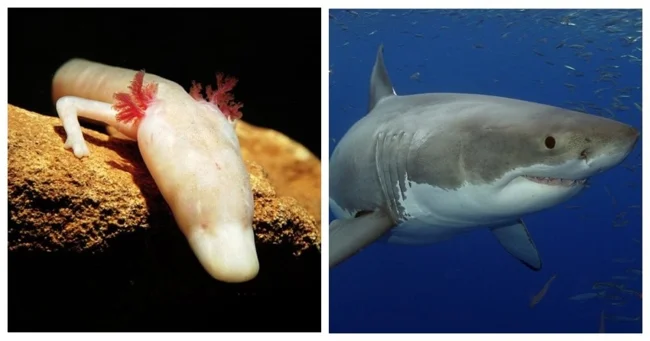
1. Camel - 2 months 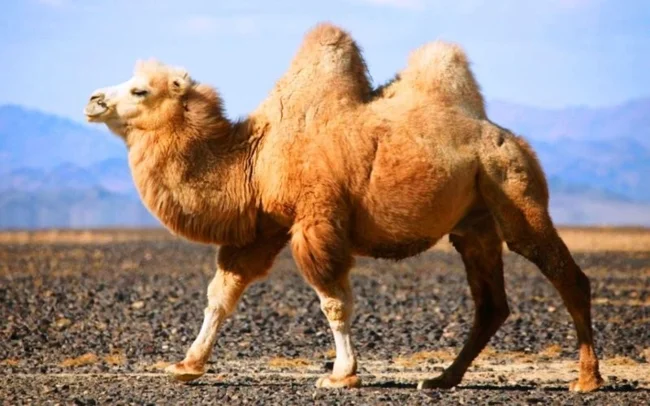
Camels use their humps to store fatty tissue, which is typically used as a source of nutrition when food and water are scarce.
2. Shark - 3 months 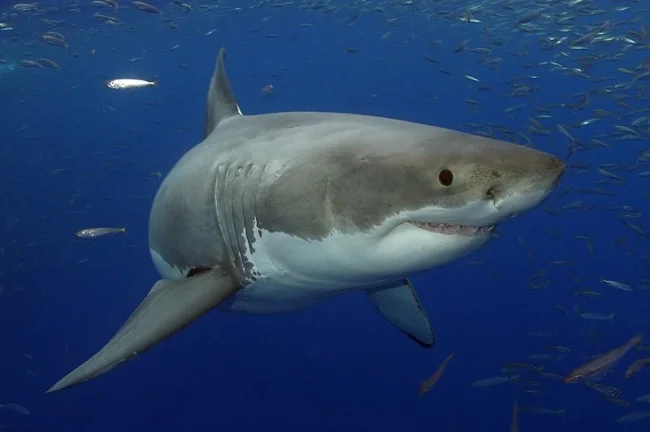
The great white shark eats 11 tons per year! Usually, when a predator eats a one-time meal, she can then take a break for 3 months.
3. Emperor penguins - 3 months 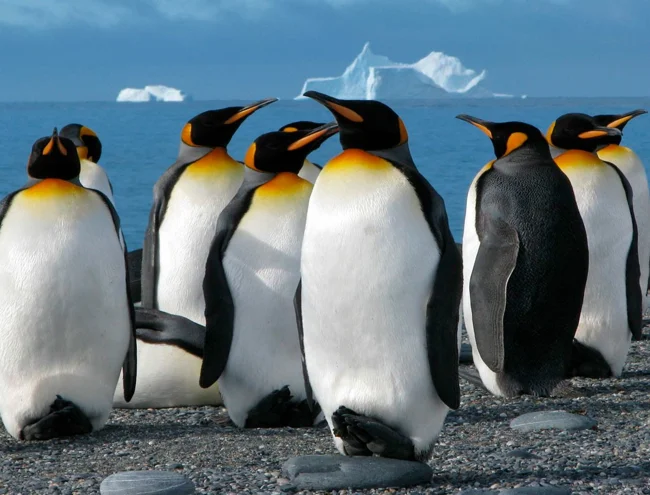
Male emperor penguins are forced to endure the extreme cold of Antarctica's winter for more than three months while protecting their unhatched babies, and they eat nothing during this time.
4. Humpback whale - 6 months 
The largest animal on earth eats enough food for the whole year in the summer. During the summer months, the whale eats three tons of krill per day (a million calories per day). Then he fasts for 6-8 months, losing up to 30% of his body weight.
5. Royal python - 6 months 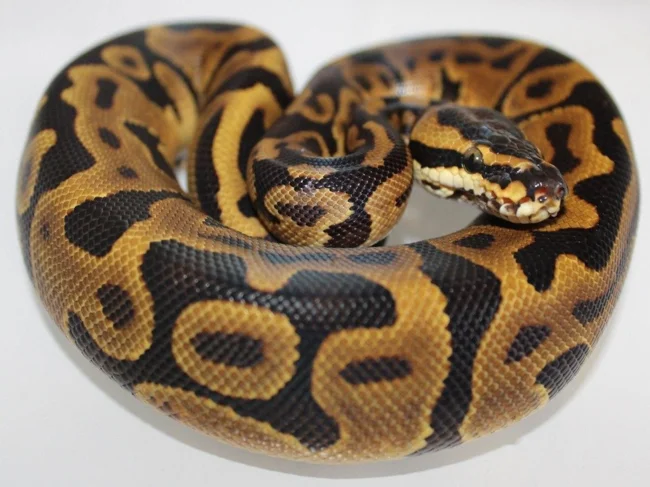
King pythons have a lower metabolic rate, which allows them to conserve energy well enough to go for long periods of time without food. They simply use their accumulated energy to survive.
6. Galapagos tortoise - 1 year 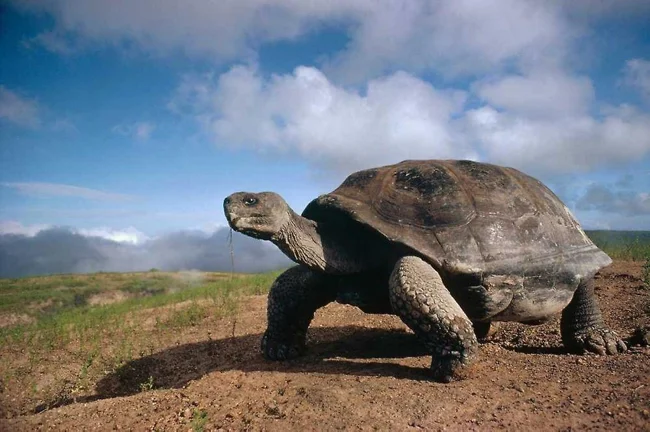
The ability to store water in the body and slow metabolism allow these centenarians to go a year without food.
7. Burrowing frog - 1 year 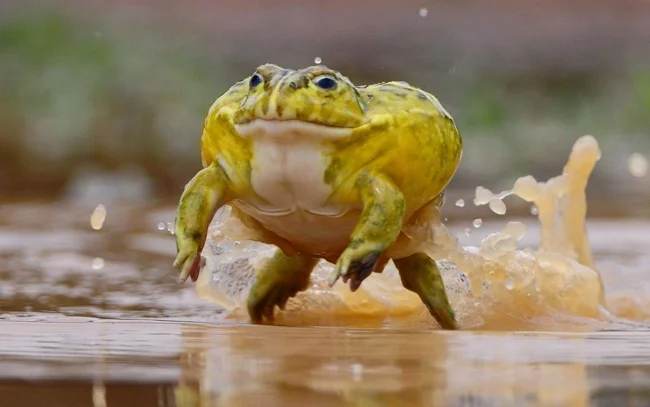
A burrowing frog can lie in the mud for a whole year without food. They do this by conserving energy when resources are scarce after a period of torpor.
8. Crocodiles - from 1 year to 3 years 
Crocodiles conserve their energy by remaining motionless, which helps them survive without food - from one to three years, that is, after enjoying a good meal.
9. Dragon Olm or European Proteus - up to 10 years 
When food is scarce, proteas reduce their metabolic rate and activity. They can also reabsorb their own tissue, which helps them survive without food for up to 10 years.
10. Tardigrade - 30 years 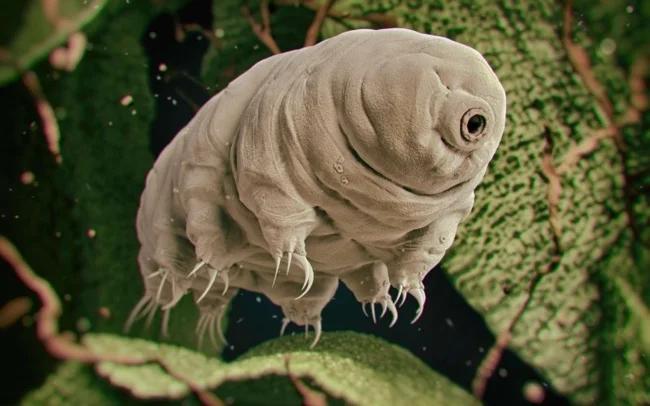
The tardigrade goes into cryptobiosis, also known as low metabolism. It drops to 0.01% of normal, and their water content can also drop to 1%. This allows them to survive without food for more than 30 years.
